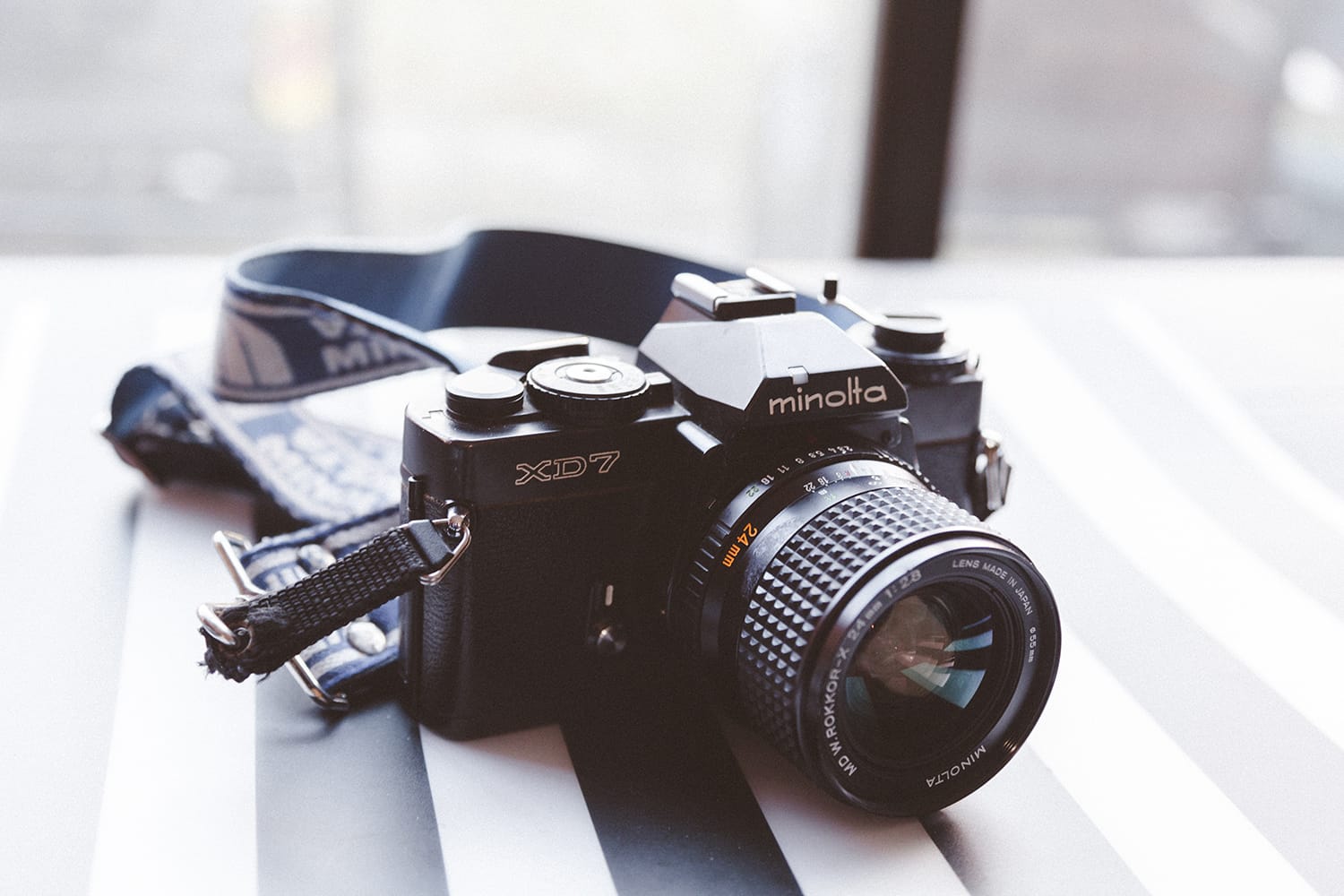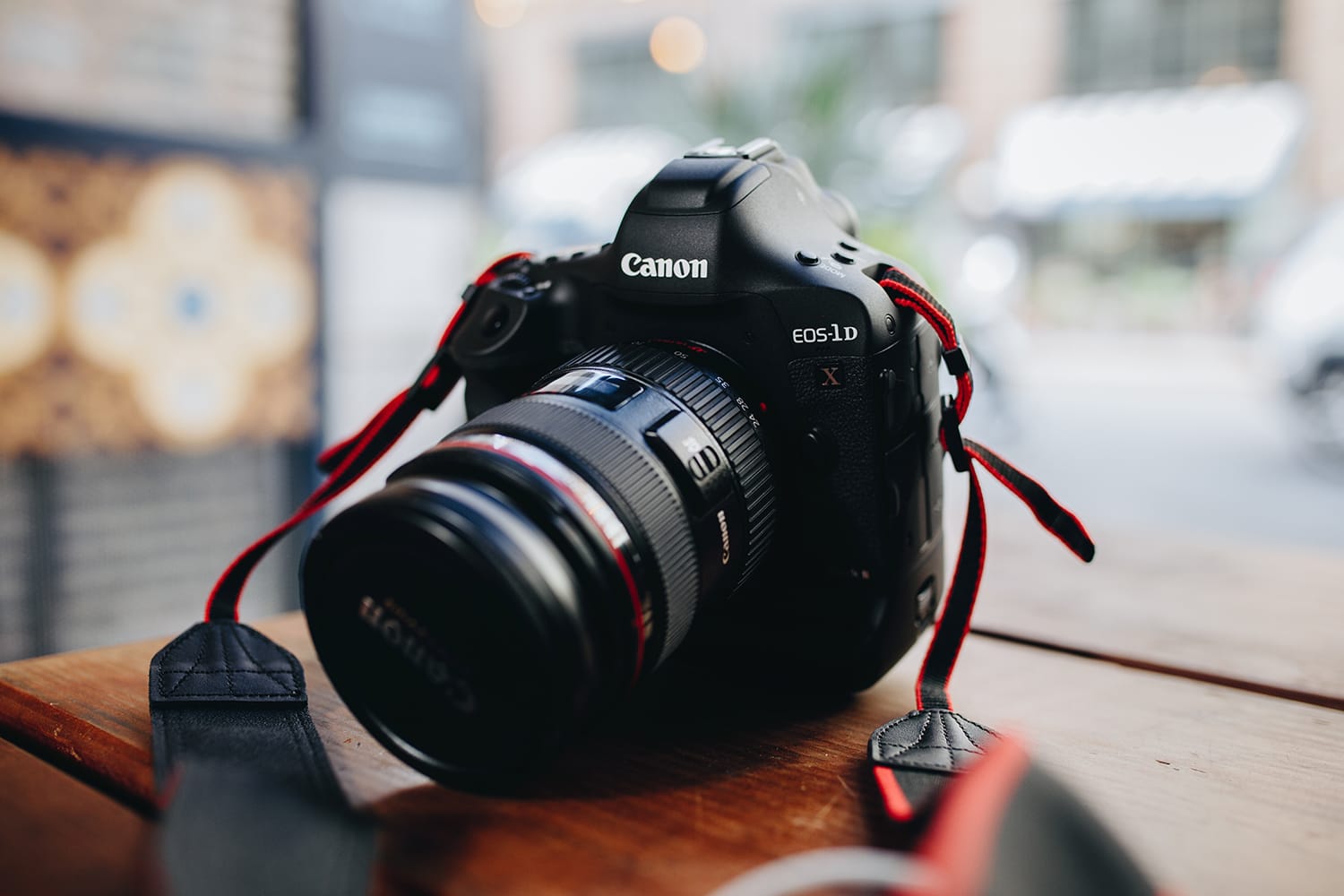On Film Photography: Why Should You Shoot Film?
Since digital photography became a popular practice, majority of photographers have placed film photography in the background. Some photographers, most especially the new and younger ones, are not even that familiar with using film.
But this does not mean that film photography has died and has long been forgotten. On the contrary, there are several photographers (both amateurs and professionals) who are beginning to be quite vocal about their intention to bring the spotlight back to film photography.
While some would say they were influenced by nostalgia (especially after Kodak’s announcement that they would bring back the Ektachrome), a lot of photographers really like shooting with film. And there are a number of reasons for this.

Top Reasons for Choosing Film Over Digital
The biggest reasons why some photographers prefer using film over digital cameras are not related to nostalgia or the love for anything retro. They are very valid ones that help make photography even more exciting and interesting.
Initial Cost Involved
One of the many reasons a photographer would choose film photography over the more technologically advanced digital option is the initial cost involved. The amount you pay for a film camera is lower compared to what you’d spend for a digital camera.
Some may argue that it’s now easy to find and purchase inexpensive DSLRs, but it’s the same story for film cameras. There are second hand ones that won’t cause a dent in your wallet. It will give you the same quality – or even better than – as the more expensive ones.
In addition, it is also more practical since it gives you the option to enjoy the benefits of a full frame camera without additional spending. There are a lot of lenses (especially Canon’s 1987-onwards manufactured EF lenses) that can be used on both DSLRs and film cameras.
Aesthetics
Another reason a photographer chooses to do film photography is the aesthetics of film. Compared to their digital counterparts, film cameras produce a unique look. The color variations are more vivid, such as when you’re shooting a landscape. Also, the results are always surprising even when you take the same photos at different times (i.e. when you shoot the same landscape on three separate days).
The images produced by film cameras have better color. All colors are detailed and appear naturally – so you’ll see the differences between brown & red and blue & purple.
Some photographers also like the fact that film cameras allow them to do certain things that cannot be done with digital cameras. An example would be grains on blacks and whites. Another example would be taking photos in questionable conditions (poor lighting, for instance) and the images still come out exceptionally well. This is because of the film cameras’ higher dynamic range. Details that are lost in digital cameras come out good in film photography.
Sharpness
A lot of film camera photographers also find their photos sharper. Photos in film have higher resolution compared to majority of digital cameras.
Batteries and Memory Cards
Film cameras can function even without batteries. You can use them any time of the day and anywhere. Additionally, you do not need to bring a ton of equipment and gear with you. Your film camera and its lens (and probably a tripod) will do the magic.
Timeless
Film photography is timeless and permanent. How old is your oldest digital photo? Unless you have an unlimited archive and you are overly organized, your first digital photo from say 5 or 10 years ago may have been deleted or lost already. Even if you keep your photos on a hard drive, that won’t be a guarantee that nothing will happen to it. The files in your computer/laptop and the backup in your hard drive can be gone in an instant if something goes wrong with your gadget and devices.
Film cameras produce physical photos. These are easier to organize and store – all you need to do is put them in a photo album or have them framed and displayed somewhere in your home, office, or studio. Some people even have trunks that contain loads of film camera photos from several decades ago!
I you want to store your physical photos digitally, it’s easy to do so as you can have them scanned and saved on your computer or hard drive.
Satisfying and Gratifying
Using film cameras can be more satisfying and gratifying.
For many film photographers, waiting for their rolls of film to be developed can be both an agony and a satisfying surprise. You won’t know what your photos will look like until after you have them in your hands. But the developing process can take time, especially if you do not have your own darkroom. There’s nothing more exciting and gratifying than waiting for your photos and then finally getting them the next day or so, and seeing them in vibrant colors with so much life.
Some people say that waiting for the photos to be developed is a waste of time and impractical, so they prefer digital cameras because they’ll see the results instantly. But then again, photography is not an “instant art”, right? It would be just like buying a book, opening and reading the first page and then immediately going to the last page to find out what happened in the end. Photography takes time and photographers should take time to think about what they want their viewers to see (and feel) as well.
Never Obsolete
Film cameras will never be obsolete. In fact, there are quite a lot of them that are still available nowadays. And some manufacturers even come out with new “versions” every now and then.

These are just some of the many reasons why a lot of photographers are now finding it easier, more practical, and more aesthetically rewarding to shoot with film cameras. There are, of course, some disadvantages, but these are outweighed by the advantages. To be fair, though, here are the strong points of digital cameras/digital photography:
-
Weight
Most digital cameras (especially mirrorless) are lighter – easy to carry around compared to film cameras.
-
Storage
Digital cameras can store more images than a film camera. The film used in film cameras have exposures of 12, 24 and 36; so there’s a limit to how many images you can shoot. If you want to shoot more, you’ll have to spend more for extra film. Memory cards used in digital cameras can store hundreds and thousands of photos.
-
Large Prints
Digital cameras, even the point-and-shoot variety, produce better large prints. In addition, they also make it easy for photographers to switch camera settings even while in the middle of a shoot. Likewise, you can edit the images directly on your digital camera. It’s also convenient because most models come with built-on filters.
-
Better Photo Selection
Digital photos can also be printed. And you’ll have the option to print only the ones you like.
-
Instant Review
In digital photography, images can be viewed right away and you’ll find out if you need to reshoot or not, or whether you’ve achieved your project goals or not.
Conclusion
Film photography has a different appeal for every photographer. Most of those who prefer to use it value the time they spend in creating the images. They shoot fewer pictures and they do not want to rush things. Most of them also love developing their own photos, so they usually have a darkroom at home or in the studio. Majority of film photographers find satisfaction in using film cameras to shoot, especially the most challenging scenes.
Also, film photographers love cameras as much as (or even more than) they love photography.
In the end, the choice to use film over digital camera all depends on a photographer’s personal preference. Some actually use both film and digital. It cannot be denied, though, that film photography is not dead – and will never really die. It’s always here to stay.
